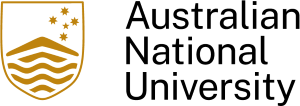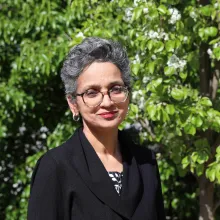Culturally-appropriate science communication in the South Pacific
This research aims to better understand what culturally-appropriate science education could look like, and focuses on the interaction between indigenous knowledge systems and scientific knowledge in the South Pacific.
Research themes
Project status
Content navigation
About
This research aims to better understand what culturally-appropriate science education could look like, and focuses on the interaction between indigenous knowledge systems and scientific knowledge in the South Pacific. The purpose of the project is to determine whether principles of co-development theory can be used to create culturally-appropriate science teacher professional learning workshops for teachers in the region. The research is part of a wider ANU initiative, Science Circus Pacific (see https://cpas.anu.edu.au/research/research-projects/science-circus-international-capacity-building).
Science has a particular method of constructing new knowledge, and science communication is a profession that aims to communicate this knowledge with the general public. Teachers also have a role to play in communicating science to their students, and often science communicators help to bridge the divide between current scientific activities and teachers in the classroom. Studies conducted primarily in Canada have shown that students from non-Western cultural backgrounds face additional barriers when engaging with science in the classroom. While there have been studies in Australia and the broader Pacific region looking at how knowledge is constructed within Indigenous cultures, how this impacts on the engagement of students in a science classroom has not been explored in the region.
Documents & reports




